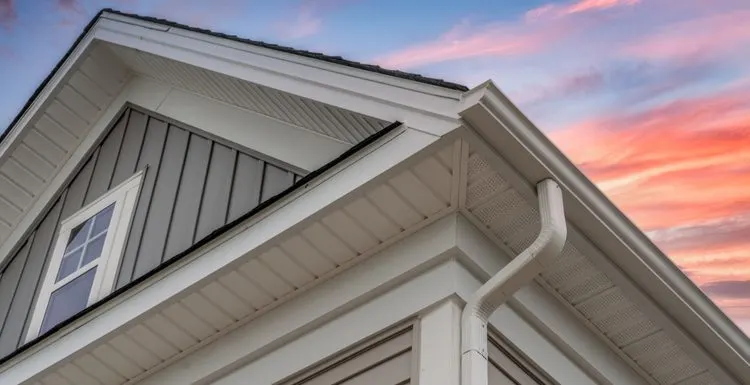If you’re a homeowner or want to buy a home, you should understand the different types of siding used on houses.
The different siding types use different materials that have their own characteristics, pros, and cons.
Different Kinds of Siding in a Nutshell
There are five kinds of siding that you commonly find used on homes. These include:
- Brick
- Vinyl
- Wood
- Stone (or stone-veneer)
- Stucco
- Fiber cement
The Various Types of Siding
To choose the right kind of siding for your home, you need to understand the different types, what they have to offer, and their limitations.
Knowledge is power when it comes to making a decision on an investment in your home. Let’s explore the six most popular types of house siding.
1. Brick Siding
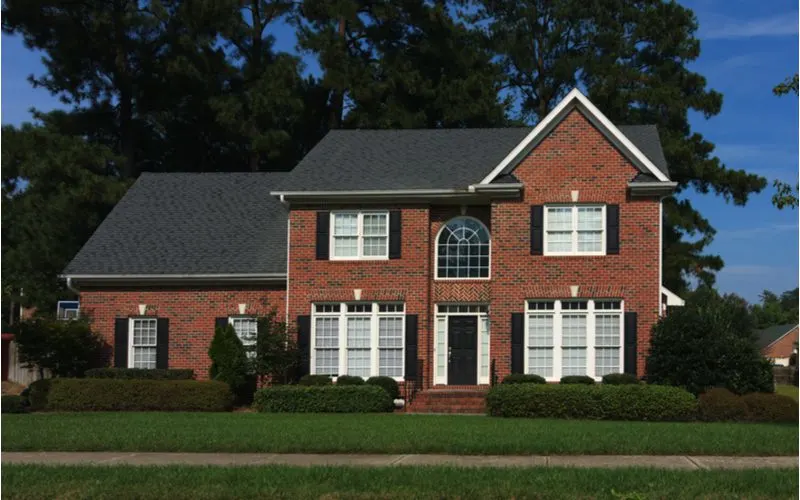
AlexLinck/Shutterstock
In most homes with brick siding, the siding is a veneer. It hides the frame structure (made of wood) that is the home’s structure.
Like other kinds of brick, there is mortar holding together the bricks in the siding. You don’t need to use full bricks to have brick siding.
There are brick veneer strips. They’re made from genuine bricks, but they’re much thinner. In fact, you can find brick veneer strips as thin as one inch thick or even half an inch thick.
Not only are brick veneer strips cheaper than bricks, but they’re also more affordable to install.
Brick veneer strips for your siding give you fire resistance for that part of your home. An advantage of brick siding is that it hardly needs any maintenance. You will certainly never have to paint it.
2. Vinyl Siding
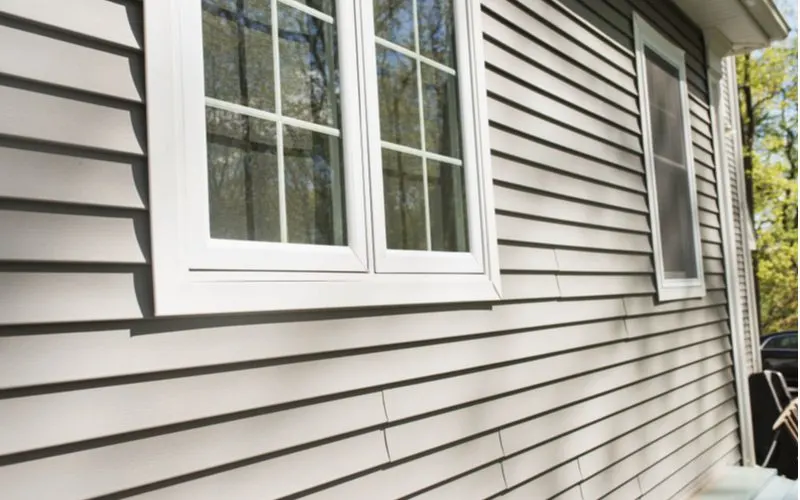
Michael Moloney/Shutterstock
Vinyl siding is the most popular and versatile type of siding. There isn’t just one kind of vinyl siding. In fact, there are several different varieties. They are differentiated by the shape of the vinyl and how it is installed.
When choosing vinyl for your siding, make sure to choose a quality product. Vinyl siding comes in different quality grades, and you have to do your research to make sure you’re getting what you want.
You should have the siding properly installed. If there is inadequate installation, you’re likely to have problems, no matter how high-quality the vinyl is. Vinyl siding goes far beyond the typical vinyl you have seen in homes.
There is also vinyl made to imitate other kinds of materials, such as wood, brick, and even stone. Vinyl is fantastic for many reasons, one of which is its limited upkeep. Standard vinyl siding is also cheaper than other kinds of siding.
There’s no need to paint vinyl siding, and it stands up extremely well to water and pests. Like any other option, however, vinyl isn’t perfect. Disadvantages include how it can crack and rattle.
3. Wood Siding
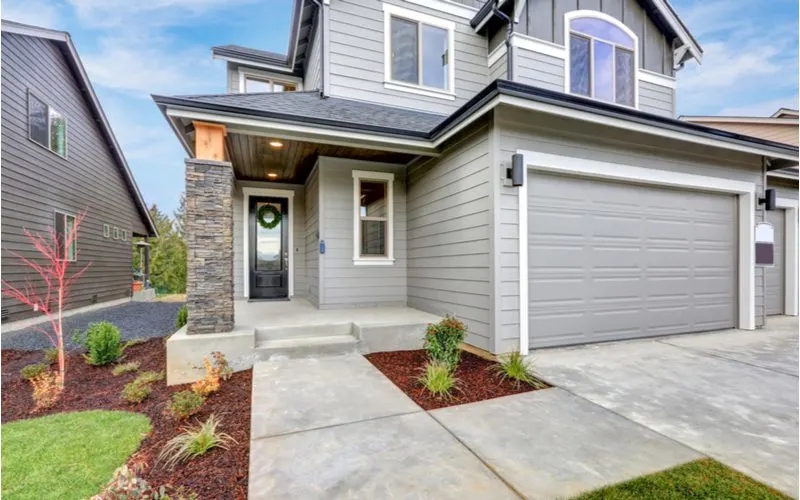
Artazum/Shutterstock
If you’re willing to go more expensive than vinyl, you can try wood siding. There are different varieties of wood siding, including clapboard and shingles.
While real wood siding is beautiful, it is prone to quite a few problems. It may quickly fall victim to insects and rot. Woodpeckers may even start attacking your siding.
One of the great things about wood siding is that there are so many different wood species to choose from. There are both softwood and hardwood varieties, and they vary by price and characteristics.
Although more expensive than other kinds of wood, cedarwood has some especially useful characteristics. For example, it is better at resisting insects than other kinds of wood.
You will need to stain or paint your wood siding if you want it to last. You should also refinish it on a regular basis.
You can’t be afraid of maintenance if you want wood siding. This is one of the most high-maintenance types of siding.
Homeowners with wood siding must meticulously inspect the siding on a regular basis, checking for problems such as pests and rot, as well as mold.
You may occasionally have to adjust the caulking you have around the trim of your doors and windows. This is because of how the wood of your siding will contract and expand at different times of the year.
If you want to install wood siding, you’ll have to do it in perfect, warm weather. Never install wood siding when there may be rain.
If there’s a possibility of snow, you should also hold off on installing wood siding. It’s also a problem to install this kind of siding if it’s too cold outside. The wrong kind of weather can damage the wood. For example, it could warp.
4. Stone (or Veneer Stone) Siding
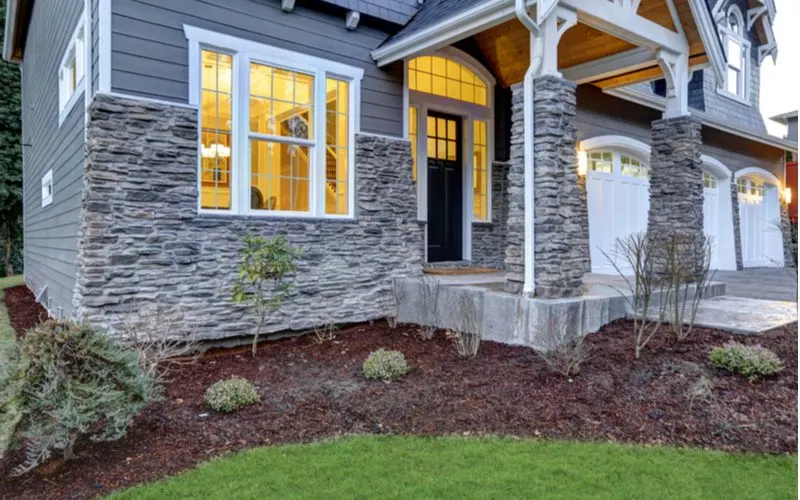
Artazum/Shutterstock
Real stone siding is an extremely expensive and high-end option. Stone veneer is more affordable, but it still might be outside your budget, depending on the variety.
If you have your heart set on natural stone, you will have to pay high prices not only for the materials but also for the labor.
Installing real stone is a specialty requiring a lot of specific experience, and this is an extremely heavy material.
It’s extraordinarily labor-intensive, as well as difficult to cut. The advantages of real stone are that it has legendary strength and durability, and it creates a luxurious look for your home.
If you want the look (or something similar to the look) of real stone but need better affordability and practicality, check out veneer stone. You sometimes hear this called manufactured or architectural stone.
For obvious reasons, artificial stone is much lighter in weight than real stone. It’s also much easier to cut and install, meaning it will be significantly cheaper to install.
5. Stucco Siding

Simone Hogan/Shutterstock
Stucco is another well-known siding option. This is a versatile siding material in that you can use it on two kinds of homes: wood-sheathed structures and masonry structures.
If you use it on a wood-sheathed structure, there will need to be some modifications.
Stucco has a specific textured look that is instantly recognizable, so you’ll have to like this look if you want this type of siding. You can have variations in the texture to create a more unique appearance as well.
Another perk is the fact that there aren’t any seams in stucco siding coverage. This means it’s great at keeping out the weather.
When it comes to material costs, stucco is also less expensive than some other kinds of siding. Installation is quite labor-intensive, though.
Stucco tends to be quite long-lasting. In fact, it may last as long as 50 years or even longer if it’s correctly maintained.
Be aware that stucco is going to create problems if you live in a damp and humid environment.
No matter how much you like the look of this material, stay away from it if you live somewhere steamy or rainy. This is a suitable material for dry climates. The drier, the better.
6. Fiber Cement Siding
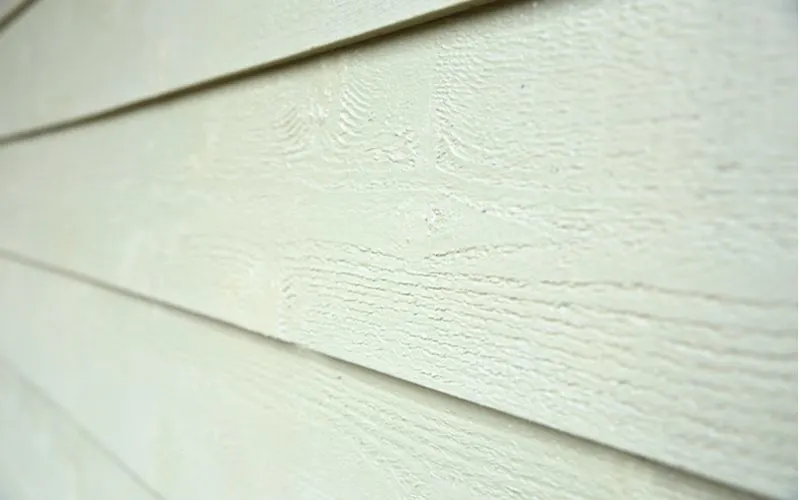
Nadia Yong/Shutterstock
As indicated by its name, fiber cement siding consists of cement and fiber, specifically wood pulp. It also contains water and fly ash.
Many homeowners choose fiber cement siding because of how it provides the look of a natural material with the resilience of masonry.
It’s pretty common for homeowners to get confused about the difference between fiber cement siding and stucco.
While stucco has been around for hundreds of years, fiber cement is a newer innovation. It is more durable and more versatile for dealing with different climates.
Things to Consider
Choosing siding for your home is an important decision that you will have to live with for years to come.
It will also impact how much maintenance you need to do on your siding, how durable you will find it, and how often it will need to be replaced.
These are also factors that should play a part in your calculations. Let’s take a look at things to consider when choosing siding for your home.
- Appearance: Think about the kind of appearance (including color) that you want in your siding.
- Practicality: Choose a siding material practical enough to suit your needs and preferences (as well as budget).
- Cost of Materials: Like any other investment in your home, you’ve got to keep your budget top-of-mind.
- Cost of Labor: Some types of siding require more time and labor-intensive installation.
- Maintenance: Keep your lifestyle in mind when choosing your siding. If you don’t have time for a lot of maintenance, stay away from high-maintenance options like wood.
- Durability: Choose a siding type that will last the number of years you want or need.
Frequently Asked Questions
Let’s explore some of the most frequently asked questions about siding.
What kind of siding lasts the longest?
Cement fiber siding is the longest-lasting type of house siding. This siding material has impressive durability and may last as long as a century or more. Compare that to vinyl, which tends to last between 30 and 60 years (with proper maintenance).
And this is the highest quality vinyl. If you go with a lesser-quality variety, you’ll have to replace your siding much sooner.
What is the most popular type of siding?
Vinyl siding is the most popular type of siding. This is a result of how this kind of siding strikes a great balance between cost and practicality. High-quality vinyl siding should also look attractive. Another perk is how many different colors and styles of vinyl siding you can find on the market.
Yet another factor making vinyl so popular is the fact you don’t have to paint it. When you choose your vinyl siding, you decide on the color right away. It is an integral part of the material, as it’s baked in. To avoid wanting to replace your vinyl siding before it’s necessary, get the right color from the beginning.
How often should you replace the siding?
You should check your siding periodically, to make sure there aren’t any signs of trouble. Some worrying signs are gaps and cracks, rot, mold, and moisture. Another sign is if you’re spending more and more time and money on maintenance.
What’s the Best Type of Siding?
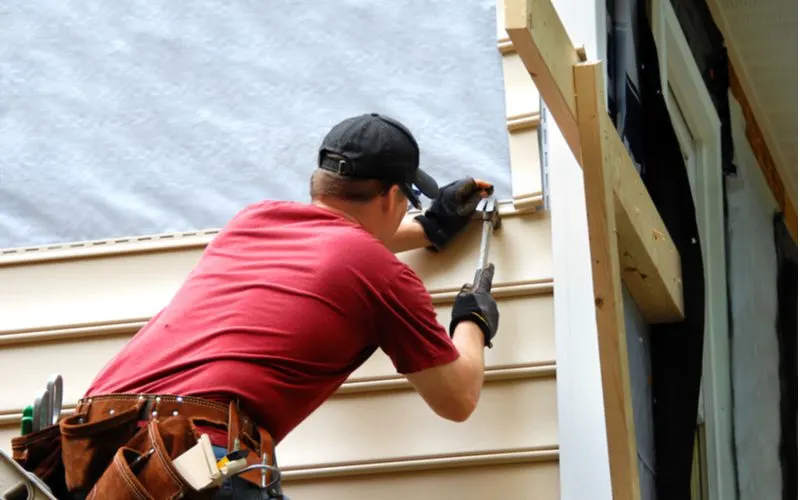
Bonita R. Cheshier/Shutterstock
As we’ve seen here, there are many types of siding to choose from when considering how you’re going to spruce up the exterior of your home. It can all feel a bit overwhelming, so take your time making a decision.
You may love the look of wood but can’t handle the maintenance. Or maybe stone is your aspiration, but it’s not in the budget. Choose something you like, but stay practical.

